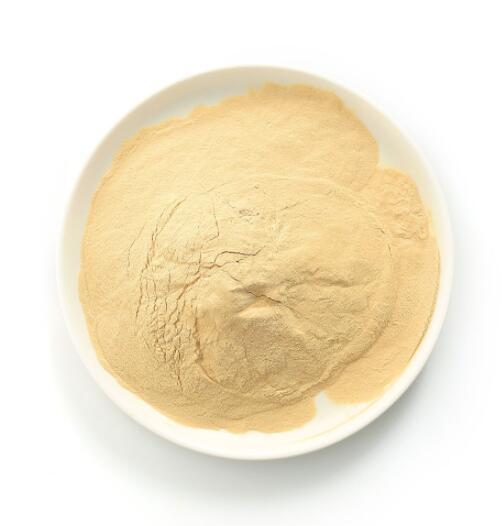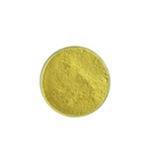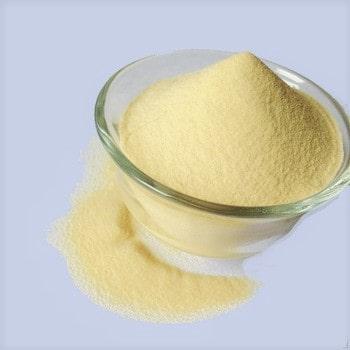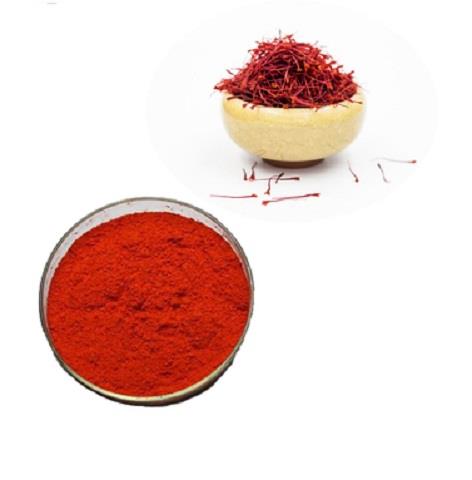Characteristic and Dietary concerns of Yeast extracts

Dietary concerns
Depending on the source, yeast extract may contain gluten. Brewer's yeast are especially likely to contain the protein due to contact with the grains used in brewing. In the case of yeast autolysate, however, the yeast proteases are able to degrade most of the gluten. For example, Marmite contains around 30 part per million gluten according to third-party testing, meeting the EU "very low gluten" limit but not the "gluten free" definition. Uniliver reports that no cases of gluten-related reactions have been reported for Marmite.
Yeast extract products derived from plant feedstock are by definition vegan and kosher–pareve, although some consumers prefer extra certification.They are also generally considered halal,despite the concern that the yeast has come into contact with alcohol.
Use in food
Yeast autolysates are the main ingredient in AussieMite, Mightymite, Vegemite, Marmite, New Zealand Marmite, Promite, Cenovis, Vitam-R, Brazilian Cenovit and Maggi sauce. Bovril (Ireland and the United Kingdom) switched from beef extract to yeast extract for 2005 and most of 2006, but later switched back.
Yeast extract is used as a flavoring in foods. It is a common ingredient in American barbecue-flavored potato chips such as Lay's. It is also widely used in soup bases.
Characteristic
Yeast extract includes commercial products like the yeast pastes Marmite (the British version) and Vegemite (the Australian version). It is a thick, dark liquid, sometimes dehydrated to form a thick paste or powder. To prepare yeast extract, yeast cells are either salted, which forces the cells to shrink, or steamed, which causes the cells to break. The cell extract that is collected is rich in vitamins like the members of the B-complex and iron. During the first World War, the supply of Marmite to Australia took a big hit, leading to the production of Australia’s very own version, Vegemite. Vegemite also contains spices and vegetables like celery and onion. Learn more about their history here.
Both nutritional yeast and yeast extracts are rich in umami substances, such as glutamates and ribonucleotides, which together create a rich savory profile through a process called umami synergism: When both are present, the umami taste is greater than the sum of its parts. There’s also a tad note of bitterness and, depending on how sensitive you are to bitter tastes, you might find the taste of these products pleasant or intense. Yeast pastes are usually smeared on toast or folded into pasta, savory pastry fillings, stirred into soups, added to meat marinades, etc.—anywhere where you want to bump up the savory profile of a dish.
You may like
Related articles And Qustion
See also
Lastest Price from Yeast extract manufacturers

US $0.00/KG2025-04-21
- CAS:
- 8013-01-2
- Min. Order:
- 1KG
- Purity:
- 99%
- Supply Ability:
- 500kg/month

US $6.00/kg2025-04-21
- CAS:
- 8013-01-2
- Min. Order:
- 1kg
- Purity:
- 99%
- Supply Ability:
- 2000KG/Month



